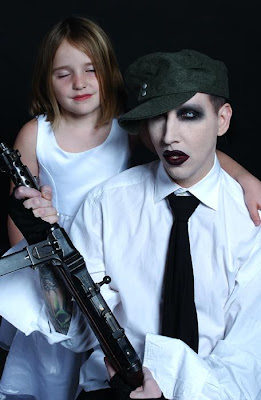In 12 May, 2008, there was an earthquake in Wenchuan, China. Actually, at that moment, i was in China and the whole country and people were astonished at this horrible earthquake and paid all the attention to Wenchuan. As a Chinese, I really felt sad and sympathetic for this catastrophe. Compared with the former unexpected crises that happened before, the information spread as quickly as possible across the country and the world.

During those days, the national and local TV channels played the programmes nearly all about the latest information of the earthquake such as death toll, the road conditions and what resource was urgently needed. Although the traditional media spread the news as soon as possible, it was still slower than the Twitter (out of China for Twitter was blocked in China) and chinese microblog.
In this crisis, the public’s power made people together and helped the victims immediately. Once someone has any information about the earthquake, they would tweet it or post a status and everyone could know that. That information is really the “latest”. Actually, microblogs didn’t just play a role as a stage to spread the information, but also give victims more opportunities to find their missing families or friends. That’s what the traditional media is hard to realize.
And also, one feature of the microblog is that all the information is emotional and personal. We can feel the agony and pains they were suffering. We are together! And another feature is that nothing could be hidden on the microblog, i think. Because the victims are telling their true stories. For example, after the earthquake happened, the whole nation raised the money for the rescue, food, tents, etc. If the money and the goods didn’t give the victims, we would know. It’s a stage to censor the government to take the real actions.
So, if there is no microblog, there may be more victims. We know we can’t depend on government all the time, we should show our power and make our efforts. I’m a Chinese, we can mostly feel the microblog’s importance role in this event, for information is such public and clear, which is a great advance for the whole nation. And we are also relieved at the government’s action of publishing the information. It’s way better than their past performances.
At last, hope all the victims rest in peace. And the survivors can have a brand new start and a better life.




